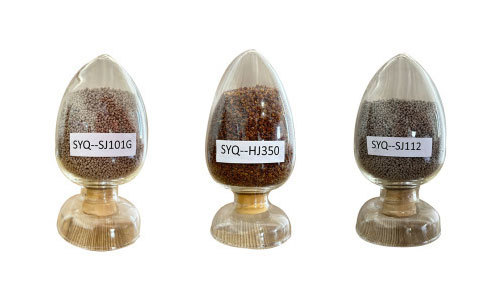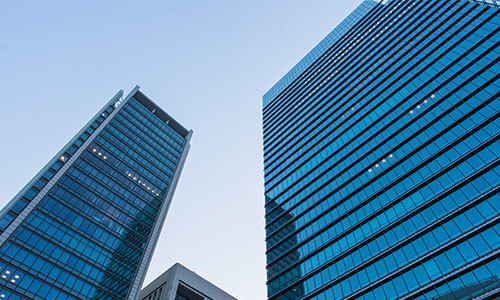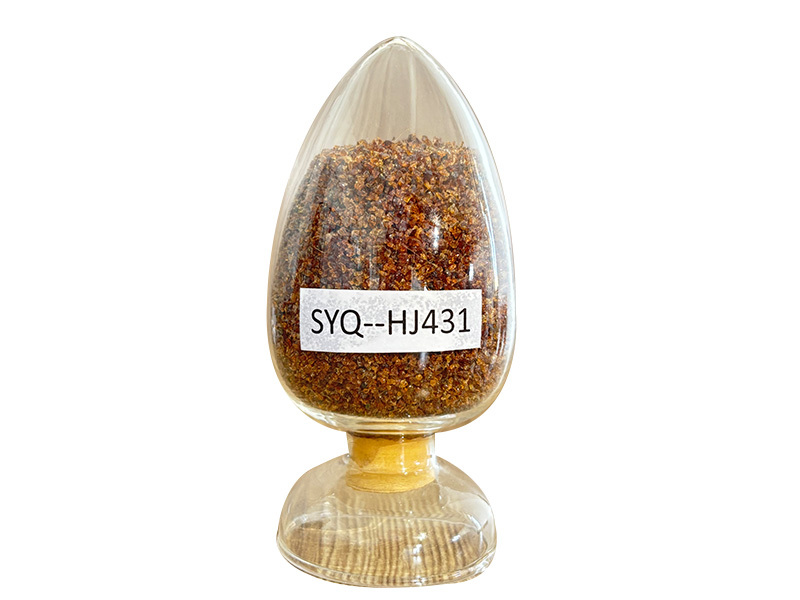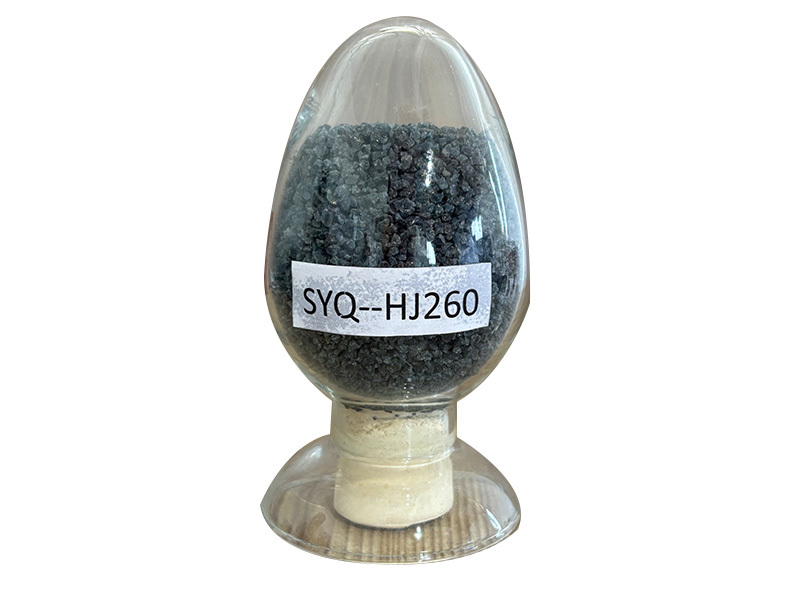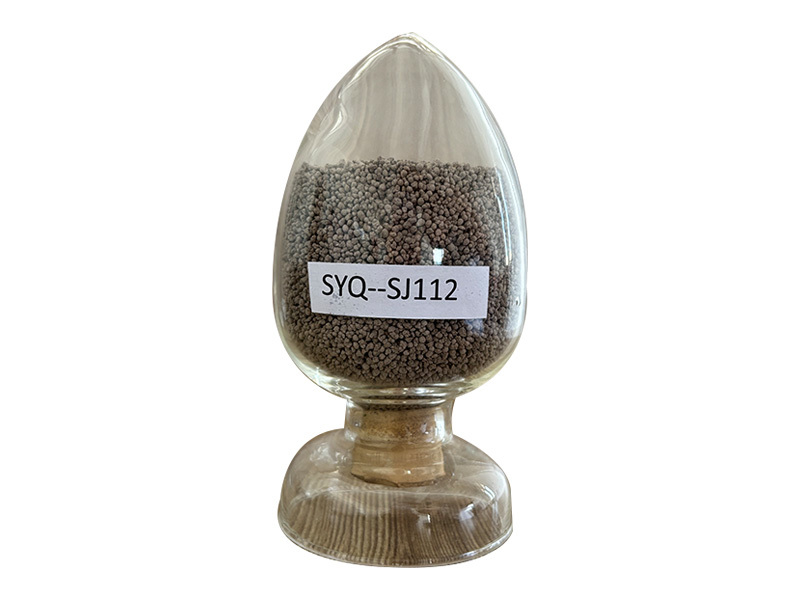Advantages of sintered flux are mainly reflected
Release time:
2025-03-14
Sintered flux has its unique advantages and is widely used in the field of welding, which not only improves welding efficiency but also ensures welding quality.
The advantages of sintered flux are mainly reflected in: first, its welding process is simple, the operation is flexible, and the production efficiency is improved; second, the welding cost of sintered flux is relatively low, which helps to reduce production costs. In addition, sintered flux can form good welds, the welding quality is stable and reliable, the weld strength is high, and it has good fatigue resistance. Furthermore, sintered flux has good adaptability and can be used for welding of various materials, such as metals, alloys, etc. In short, sintered flux has its unique advantages and is widely used in the field of welding, which not only improves welding efficiency but also ensures welding quality.
BLOGS
SYQ-HJ431 Melting Type High Manganese High Silicon Low Fluorine Flux
This new type of flux has been carefully developed and has the characteristics of high manganese and high silicon, which effectively improves welding strength and high temperature resistance. At the same time, its low fluorine formula is more environmentally friendly and reduces pollution to the working environment.
Advantages of sintered flux are mainly reflected
Sintered flux has its unique advantages and is widely used in the field of welding, which not only improves welding efficiency but also ensures welding quality.
The latest news about sintered flux has attracted widespread attention in the industry.
It is reported that the new generation of sintered flux technology is changing the face of the welding industry. This new flux has higher efficiency and stronger durability, and can achieve efficient welding in a wider temperature range. In addition, its environmental performance has also been significantly improved, greatly reducing the pollution generated during the welding process.


